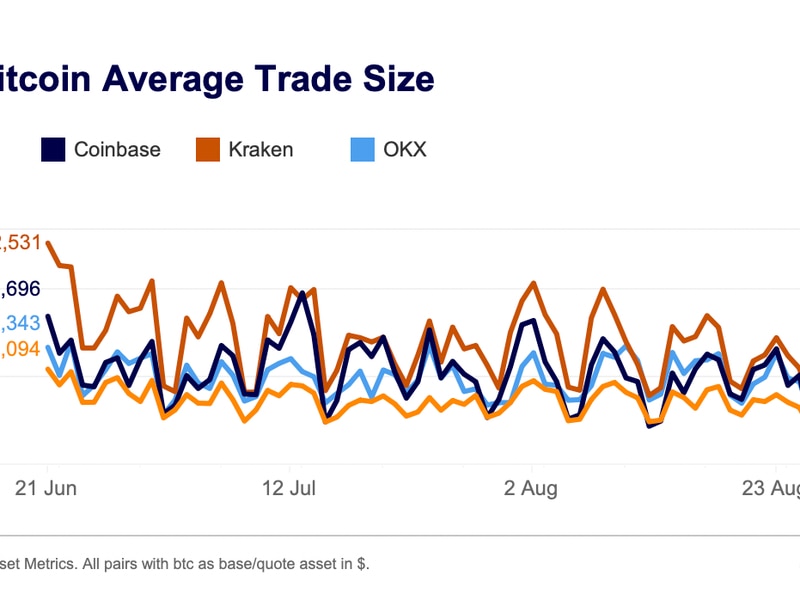The Relationship Between Bitcoin and Interest Rates Is Breaking Down: Arthur Hayes
KOREA BLOCKCHAIN WEEK, SEOUL – By all accounts, the United States should be heading into a recession, and risk assets like bitcoin, or tech stocks such as Nvidia (NVDA), should be nowhere near their current values, thanks to the steepest Federal Reserve (Fed) rate hike cycle in decades. But the opposite is happening. Economists have increasingly course corrected on their recession forecasts, bitcoin has doubled since crypto exchange FTX’s multibillion collapse, and Nvidia shares are soaring.
“It’s different than what’s happened before. The standard playbook is starting to break down,” Arthur Hayes, the founder of BitMEX and current Chief Investment Officer at Maelstrom, said during a keynote at Korea Blockchain Week attended by CoinDesk.
Hayes argued that the Federal Reserve’s moves to raise interest rates to combat inflation have had unintended consequences on the broader economy.
Rising financial asset prices can boost capital gains taxes and government revenue, but when the Fed raises interest rates, these prices can stagnate, reducing tax revenue, Hayes opined.
“All the while, this, coupled with the political hostility of austerity, increases deficits, leading the U.S. Treasury to issue more bonds. The resulting interest payments to the wealthy stimulate spending and nominal GDP growth, creating a paradox where the Fed’s rate hikes inadvertently fuel economic growth,” Hayes said.
“Whether the Fed raises or cuts, we’re in a good position as a cryptocurrency industry,” Hayes added.
A.I Mania
In a follow-up interview with CoinDesk, Hayes gave a preview of his speech he’s set to give later this month at Token 2049 in Singapore.
Hayes argued that AI companies, due to their significant cash reserves and robust revenue streams, are less reliant on banks for loans or credit than traditional businesses.
“I believe that the global government bond market is basically going to be the one that defaults unless the global central banks print more money,” he said, pointing out that this would significantly strain the banking system.
“I don’t want to own regular businesses because regular businesses need credit. And central banks are paying rates that are incredibly expensive, and the banking system is broke. But AI companies don’t need banks,” he continued. “If I have extra cash, I’m not going to invest in General Motors, I’m gonna invest in Nvidia.”
Filecoin (FIL), in Hayes’ opinion, is a big beneficiary of this AI-crypto crossover.
Filecoin, which has already experienced a massive hype cycle and saw a significant drop from its peak, is positioned to grow due to the increasing amount of computational power (PetaFLOPS) being added to its network, Hayes argued.
However, Hayes warns that investing in AI now might not yield immediate returns.
Hayes argues that many companies in the space are overvalued, have a lengthy timeline to an IPO or a long token lockup period, and might just have a poor product-market fit with a high number of users but a low number of paying subscribers, meaning that many retail investors might not see a return for a long time if ever.
But this mania might come crashing down. The convergence of three manias—AI, crypto, and money printing—will lead to a significant asset bubble.
“These three manias together are going to produce the 80-year biggest asset bubble that we’ve had since the Great Depression in the 1930s,” Hayes noted.









